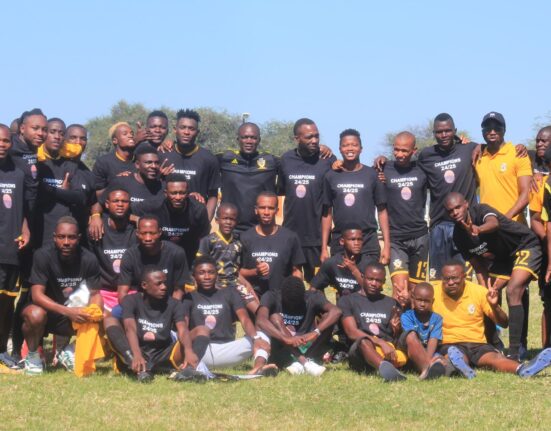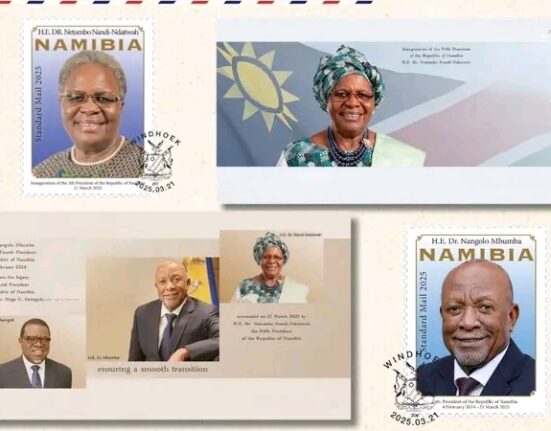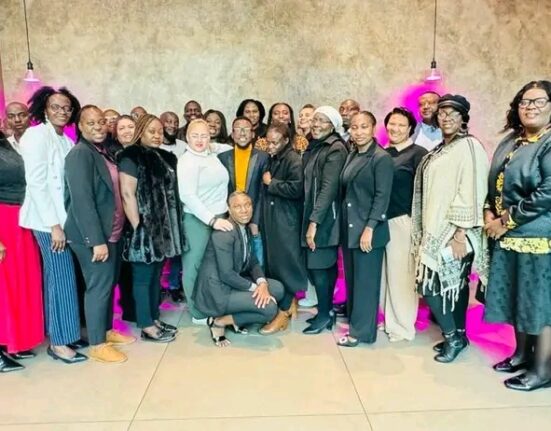Missionaries played a significant and transformative role in shaping the culture, education, and religious landscape of Namibia from the 19th century onward. Their presence in the country, initially as agents of colonial expansion, had both positive and negative consequences on Namibian society. The influence of missionaries helped create new structures within Namibian communities, transforming traditional practices and beliefs while also introducing new ways of thinking about religion, education, and social organization.
This article explores the multi-faceted impact of missionaries on Namibia, examining the cultural, educational, and religious legacies they left behind, and how their work affected the country’s social fabric in both direct and indirect ways.
The Arrival of Missionaries in Namibia
The arrival of missionaries in Namibia can be traced back to the early 19th century, as European powers began to increase their presence in Southern Africa. The first missionaries in Namibia were primarily from Europe, particularly from Germany, Britain, and South Africa. Initially, the missionaries focused their efforts on spreading Christianity, with the aim of converting indigenous populations to the Christian faith. However, their activities were often intertwined with colonial agendas, which had long-term effects on Namibia’s cultural evolution.
The first significant missionary mission to Namibia was established by the Rhenish Missionary Society in the 19th century, beginning its work in what is now southern Namibia. German missionaries established a strong foothold in the country, particularly among the indigenous Khoikhoi and Herero peoples. The British also sent missionaries from various Christian denominations, such as the London Missionary Society and the Wesleyan Methodist Church, to work in the northern regions, which were primarily home to the Ovambo people.
The Missionary Role in Education
One of the most profound legacies of missionaries in Namibia is their contribution to the country’s education system. Missionaries introduced formal education and literacy to indigenous communities, which was a significant departure from the traditional methods of learning in pre-colonial Namibian society. Missionary schools became the primary source of education for many Namibians during the colonial period, especially in rural areas where formal schooling was limited.
The missionaries’ education system focused primarily on teaching the Bible and Christian doctrine, but it also included basic literacy, arithmetic, and agricultural skills. They established schools that educated both boys and girls, providing them with basic skills necessary for surviving in a changing world. Missionary schools became important hubs for socializing young Namibians into colonial culture, often pushing indigenous traditions and values into the background.
The missionary-led education system also played a central role in the establishment of written languages. Missionaries worked diligently to translate the Bible into local African languages, such as Otjiherero, Khoekhoe, and Afrikaans. This effort resulted in the development of orthographies for indigenous languages, which contributed to the preservation and documentation of these languages. The impact of this linguistic effort is still felt today, as written forms of local languages continue to be an important tool for education and communication in modern Namibia.
Christianity and Religious Transformation
Christianity was perhaps the most influential aspect of missionary activity in Namibia. Missionaries not only sought to spread the Christian faith but also aimed to change indigenous religious practices. They often viewed African spiritual beliefs, which included animism and ancestor worship, as primitive or heathen, and worked to replace them with Christian teachings.
As a result, many Namibians, especially in the southern and central regions, converted to Christianity, and the religion became deeply ingrained in Namibian culture. Missionary churches became central institutions within communities, often holding services on Sundays and organizing social activities. Over time, Christianity became the dominant religion in Namibia, and its influence spread to virtually all ethnic groups in the country.
Despite the widespread adoption of Christianity, many indigenous Namibians managed to maintain some of their traditional spiritual beliefs, resulting in a unique blend of Christianity and African spirituality that persists in Namibia to this day. For example, many Namibians continue to celebrate traditional ceremonies alongside Christian religious observances. The fusion of indigenous and Christian beliefs in Namibia is an example of cultural resilience, as indigenous practices adapted to and survived colonial pressures.
Missionary Impact on Social Structures and Gender Roles
Missionaries had a profound effect on social structures and gender roles in Namibian society. The introduction of Christianity often resulted in a shift in gender dynamics, particularly in relation to women’s roles within the community. Traditional Namibian societies were often organized in a patriarchal manner, with men holding positions of power within the family and community.
Missionaries, particularly in the early years, promoted European gender norms and ideas about the roles of women and men. Missionaries often emphasized the role of women as caregivers, mothers, and wives, in line with European Christian norms. This perspective led to changes in family dynamics and gender expectations in many Namibian communities, especially those that adopted Christianity. Women in Christian communities were encouraged to take on more domestic and educational roles, while men were more likely to engage in external trade or missionary-related work.
However, missionaries also played a significant role in improving the status of women in some ways. Christian teachings provided women with access to education and a platform for expressing their opinions in religious and social matters. For instance, women were active in missionary-run schools, and some became leaders in the church, as lay preachers or Sunday school teachers.
At the same time, the missionaries’ influence over gender roles also contributed to the erosion of traditional gender roles in some societies. In some regions, missionaries undermined the authority of women who held leadership roles in traditional structures. For example, among the Herero and Nama people, who had strong female political leaders and spiritual leaders, missionary teachings sometimes conflicted with indigenous gender traditions.
Cultural Identity and the Tension with Tradition
While missionaries undoubtedly played a central role in shaping the modern religious and educational landscape of Namibia, their activities also led to cultural tensions. Many Namibians, particularly in the 20th century, saw missionary teachings as an imposition on their traditional beliefs and cultural identity. Indigenous practices such as traditional dance, oral storytelling, and rituals were often suppressed by missionaries in favor of European Christian customs.
Missionaries believed that African traditional practices were backward and needed to be replaced with European customs. In some cases, this led to the destruction of sacred sites, the banning of traditional rituals, and the vilification of indigenous languages and customs. For example, dance and music that were central to many Namibian cultures were seen as pagan and were discouraged in Christian communities.
Despite these challenges, many Namibians were able to retain and adapt their traditions. Over time, a synthesis of indigenous customs and Christian teachings emerged. Namibians continued to celebrate cultural festivals, respect their elders, and maintain oral traditions, while simultaneously incorporating Christianity into their everyday lives.
Missionaries and the Struggle for Independence
In the 20th century, missionaries played an important role in Namibia’s struggle for independence. While many European missionaries were aligned with colonial powers, others supported the rights of indigenous Namibians. Several missionary groups and church leaders became outspoken critics of the apartheid system and colonial rule in Namibia, advocating for social justice and equality.
Missionaries, particularly from Protestant and Catholic denominations, played a significant role in educating Namibians about their rights and encouraging the growth of political consciousness. In some cases, missionaries provided vital support to independence movements by offering spaces for political gatherings, spreading information, and offering shelter to activists.
The Namibian Council of Churches, which was formed in the 1970s, became an important vehicle for promoting political activism and advocating for independence. Some Namibian church leaders, like Zedekia Ngavirue, were instrumental in Namibia’s independence movement and used their religious positions to challenge colonialism and apartheid.
The role of missionaries in shaping Namibian culture is complex and multi-dimensional. While their influence brought about significant changes to religion, education, and social structures, it also left behind a legacy of cultural tension, resistance, and adaptation. Missionaries helped establish Namibia’s education system and spread Christianity, but they also contributed to the marginalization of traditional beliefs and practices.
Despite the negative aspects of missionary influence, their role in the development of Namibia’s cultural and educational frameworks cannot be underestimated. Today, Namibia continues to navigate the delicate balance between preserving its indigenous cultures and traditions, while embracing the lasting influence of missionary-driven religious and educational systems. The legacy of missionaries is woven into the fabric of modern Namibian society, and their impact on the country’s cultural and religious identity remains a key part of its history.
Join 'Namibia Today' WhatsApp Channel
Get the breaking news in Namibia — direct to your WhatsApp.
CLICK HERE TO JOIN












